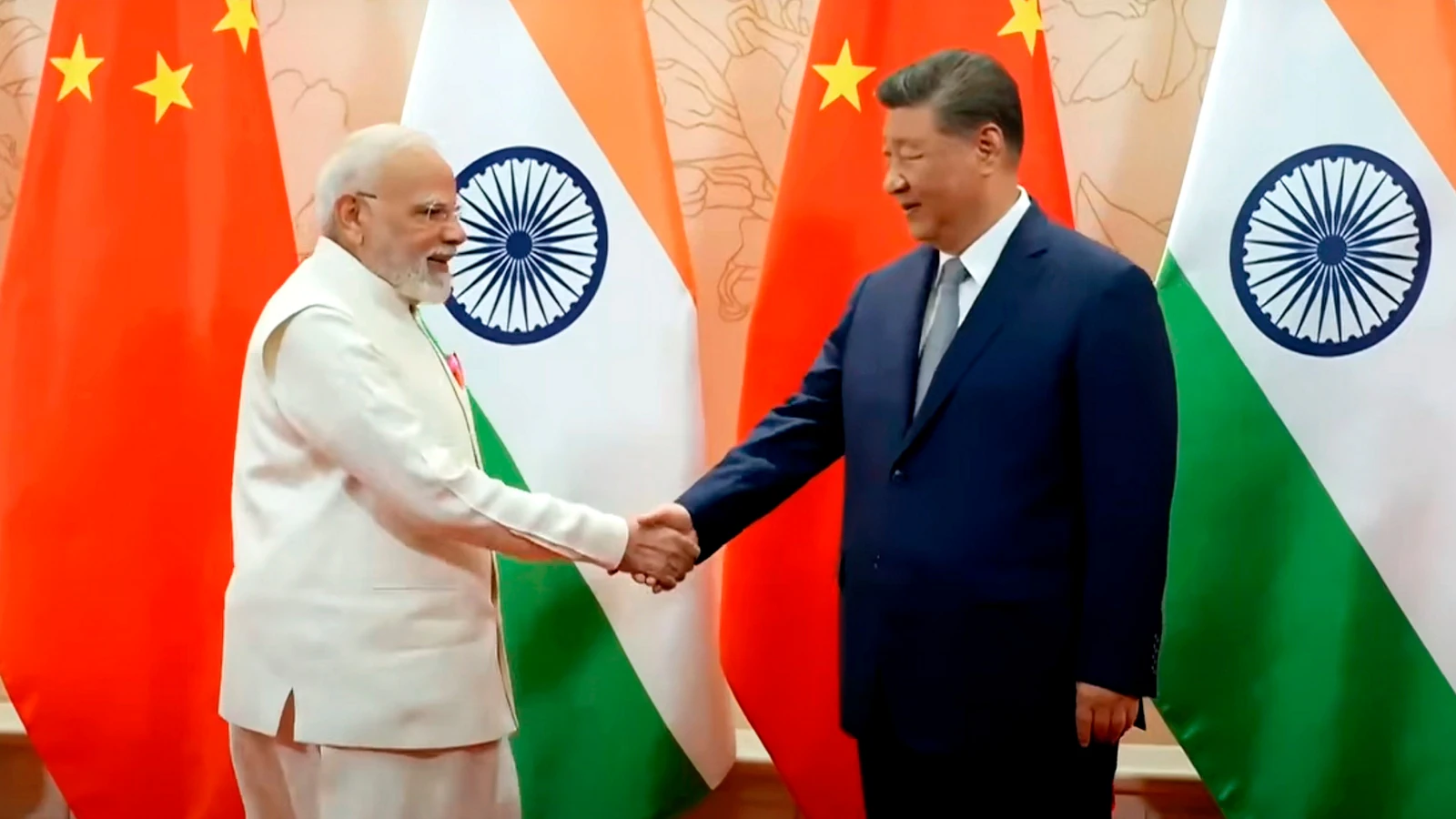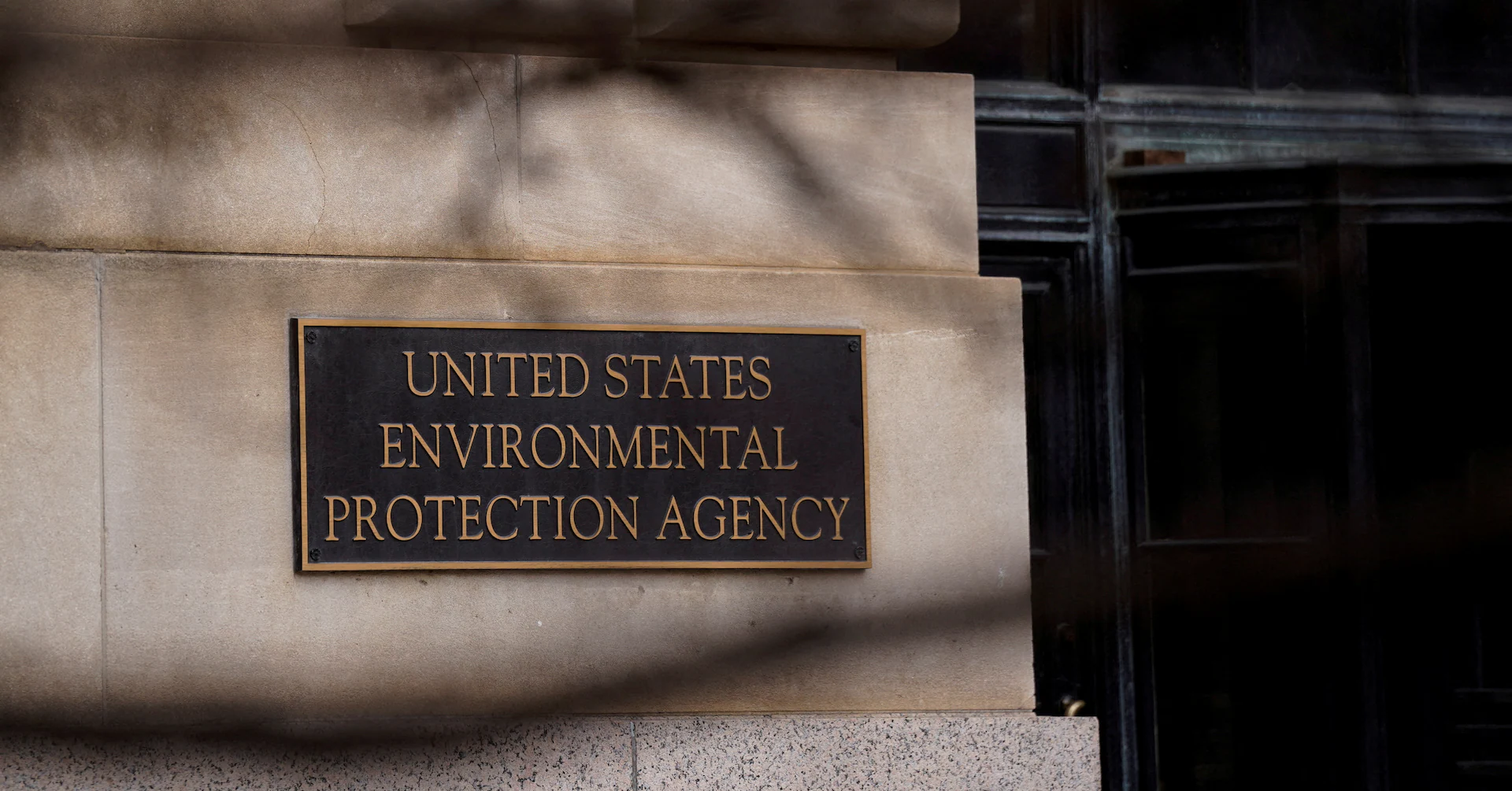By News18,Priyadarshi Dutta
Copyright news18

Chinese President Xi Jinping referred to “Panchsheel” principles in his meeting with Prime Minister Narendra Modi at the SCO (Shanghai Cooperation Organization) Summit at Tianjin recently.
India has been a full member of the SCO since 2017, after enjoying an Observer status since 2005. PM Modi had attended several SCO summits previously, in addition to hosting one in virtual format in 2023. However, this SCO Summit, which comes in the backdrop of US President Donald Trump’s tariff diktats, is important as it might lead to new regional economic and security realignment.
Xi’s reference to “Panchsheel” is important. However, PM Modi might not enjoy it, as he has little fondness for Jawaharlal Nehru, who first applied this term, which is derived from the precepts of Buddhism.
Nehru originally used the term to describe the Sino-Indian Agreement signed on April 29, 1954, in Peking (now Beijing) between diplomats Chang Han-Fu and Nedyam Raghavan in Chinese, English and Hindi. Though this agreement centered on trade and pilgrimage between India and Tibet (annexed to PRC in 1949), five principles were enumerated in its Preamble. These were 1) Mutual respect for each other’s territorial integrity and sovereignty 2) Mutual non-aggression 3) Mutual non-interference in each other’s internal affairs 4) Equality and mutual benefit; and 5) Peaceful co-existence.
Though the term “Panchsheel” nowhere appeared in the text, it was used while emphasising on the five principles in a joint statement issued in New Delhi on June 28, 1954, on the conclusion of Chinese Premier Zhou Enlai’s visit. In the following years, informs Subimal Dutt, the former foreign secretary of India, these principles were used in joint statements by Nehru and Heads of States and governments of foreign countries paying visit to India. Among these were Afghanistan, Burma, Cambodia, Egypt, Indonesia, Laos, Mongolia, Nepal, Poland, Saudi Arabia, the Soviet Union, the Democratic Republic of Vietnam and Yugoslavia. They were also substantially included in the Declaration of World Peace and Co-operation adopted by the Asian-African Conference at Bandung in April, 1955 (With Nehru in the Foreign Office, P.90).
However, even as “Panchsheel” assumed a sort of global popularity, those principles failed to stand the turbulence in India-China relationship. Chinese violations of Indian territory at Shipkila Pass (1956) and Bara Hoti (1958) as well its “cartographical misadventure” in Aksai Chin in Ladakh (showing it as part of China in describing a road built from Yeh Cheng in Sinkiang to Gartok in Tibet) became uncomfortable issues in India. On September 4, 1959, PM Nehru (deprecating a private member’s resolution that India should take Tibetan issue to the United Nations) stated in Lok Sabha:
“Many people charge us: “What about your famous Panchsheel, where are these five principles; dead and gone and buried and cremated?” Well, it is whatever you like. That indicates a completely wrong approach to this question. What is Panchsheel? Panchsheel or the five principles — they did not become principles because they were embodied in a treaty between India and China— they stand by themselves, principles of international relationship which we held to be correct, and we shall hold them even if all the world says “no” to them.”
It was evident from the tone and tenor of Nehru that the Sino-Indian Agreement (1954) had failed even before the lapse of its official validity period of eight years. The Chinese aggression of October 20, 1962, after the expiration of the aforesaid was the last straw that broke the camel’s back.
The India-China hostility, its details apart, was essentially a conflict of mindsets between Mao Zedong and Nehru. Nehru wanted to see India and China, two kindred Asian civilisations, as two friendly republics on the political map of the world. Each had emerged as republics through different kinds of struggle. However, Mao did not view India as a free country, but as one where the Communist Party had a grand task of “liberating” it from the clutches of “imperialist collaborators”. Nehru was described as the “running dog of Anglo-American imperialist” by the Chinese Press Agency. Mao (as MR Masani accused in Lok Sabha on November 25, 1959) had previously sent a congratulatory message to the then General Secretary of Communist Party of India viz. BT Ranadive when Communists took up arms against the Indian government in Telangana expressing hope that India would not remain long under imperialism and its collaborators (that is Nehru).
“If that is not a blueprint of Chinese conquest” wondered Masani, “I do not know what is and what more proof we want? Yet, all these warnings were blatantly ignored who kept the Indian people that there were 2,000 years of Indo-Chinese friendship”.
This difference in mindset was a result of the difference in history of formation of the two republics. The Indian freedom movement was eclectic in character and accommodative in nature, which led to the creation of a multiparty democracy. The PRC, on the other hand, was established in 1949 through liquidation of the Kuomintang in the mainland. Chiang Kai-Shek, along with his followers, had to take refuge across the strait into Taiwan. This fight to finish, however, was actually started by Chiang as early as 1927, when he wanted to physically eliminate the Chinese Communist Party (CCP). His approach triggered the Agrarian Revolutionary War (192-37) during which the Communist Party, under the leadership of Mao, saved itself from impending annihilation through arduous retreat across China known as the Long March (1934-35). Of the 85,000 Communists who embarked on this 6,000-mile trek, fewer than 10,000 actually survived it. In China, two swords cannot exist in one scabbard.
It is, however, erroneous to restructure foreign relationships based on ideology alone. This is proven by the fact that two leading Communist nations in the 1950s viz. the USSR and PRC could not get along. Their alliance came unstuck within a few years. It was somewhat duplicitous also. Mao, during his lifetime, had to forge a full diplomatic relationship with the USA, the headland of capitalism, partly to checkmate the USSR, with which it had then serious border problems.
India, on the other hand, found a reliable friend in the form of the USSR, despite stark difference in their polity. Had Mao realised that the Indian freedom movement was a reflection of the genius of the Indian people, and waged according to Indian circumstances, he possibly would have had a very different approach to this country. Or was he actually afraid that the Indian democratic experiment posed a threat to PRC’s one-party model by its example?
Mao left China ravaged through his madness of the Cultural Revolution. It was for Deng Xiaoping (r.1978-1989) to remodel the Chinese economy, and open it up to the world. Deng discounted ideology, and prioritised pragmatism. He famously used the slogan “to be rich is glorious” to define his policy of economic reforms. India took the opportunity to improve her relationship with its Communist neighbour. In February 1979, Atal Bihari Vajpayee, the External Affairs Minister in the Janata Party government, visited China. It was the first visit by any Indian minister to China in two decades.
The relationship between the two countries had been on the mend since then. As China prioritised its economy over the border situation, there were few actual border flare-ups with India. The border between India and China in Tibet was never delineated. Thus, we have a “Line of Actual Control” (LAC), which has no legal sanctity. Yet, no blood had been shed on the LAC for more than 50 years until the Galwan Valley Conflict in June 2020.
Xi Jinping’s Presidency has been marked by an abetment to frontier problems beginning with the Doklam crisis in 2017. India’s befitting response at Galwan Valley apparently convinced Xi Jinping that messing around with India at Himalayan heights would not be easy. The border situation is still nebulous, though active eruptions have been controlled. Since 2017, India is a full member of SCO, being previously an Observer since 2005. The formation of SCO (2001) shows that China and Russia, once estranged, could work together in a regional cooperation.
Like with India, China also had major border problems with the erstwhile USSR, which had led to 7-month long military conflict in 1969. The border issues were conclusively settled between the two countries in 2003, followed by another agreement in 2008. One hopes India and China could arrive at a similar settlement, though the annexation of Tibet by China is always to be lamented.
China is comfortably ensconced as the world’s second-largest economy. In this regard, India would be a distant rival, even if she moves up the ladder from fourth to third spot. The “boycott China” slogan raised five years ago was found impractical, as China’s maximum export to India is in form of capital goods, intermediate goods and raw materials etc, where decision is not in the hands of common buyers.
According to DGCIS figures, India’s trade deficit with China has been on the increase. It has widened to $99.21 billion in FY 2024-25 from $48.45 billion in FY 2014-15. Whereas Indian exports to China could only inch up to $14.25 billion from $11.96 billion, imports from China had ballooned from $60.41 billion to $113.46 billion in the corresponding period. China’s priorities should have changed vis-a-vis India.
The writer is author of the book ‘The Microphone Men: How Orators Created a Modern India’ (2019) and an independent researcher based in New Delhi. Views expressed in the above piece are personal and solely those of the author. They do not necessarily reflect News18’s views.



